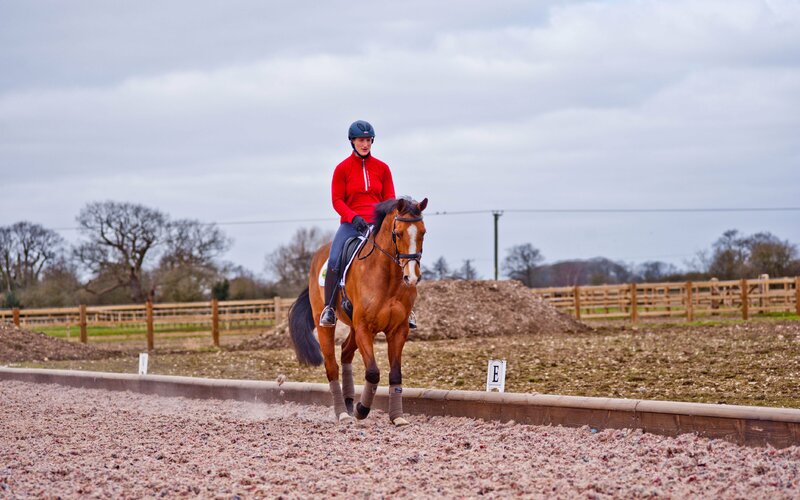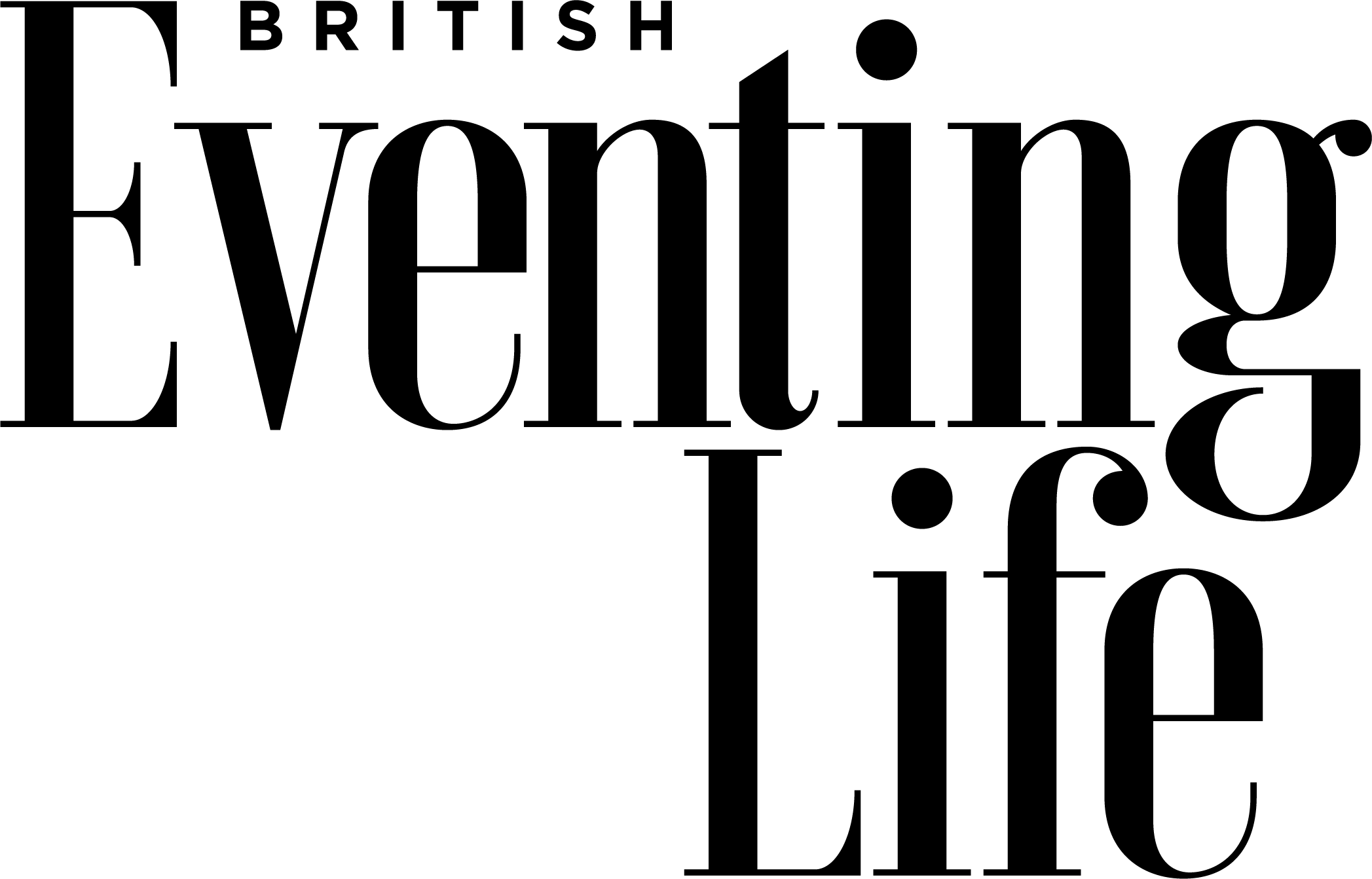
Improving your dressage test
Ruth Edge explains why getting the basics right at home without the use of training aids or gimmicks should ensure that you can produce a high-quality dressage test at any level.
How often have you heard riders complaining that their horse always goes fabulously at home, but that it all goes wrong as soon as it gets into a dressage arena at a competition? Maybe you’ve even been in this situation?
How often have you heard riders complaining that their horse always goes fabulously at home, but that it all goes wrong as soon as it gets into a dressage arena at a competition? Maybe you’ve even been in this situation?
Ruth Edge would beg to differ: “If a horse was fine at home, it should be fine in an arena,” she states. “If the horse is going forward, listening to its rider and the rider learned from what the horse gave them in the arena on previous occasions then this situation should not arise.”
Before retiring from professional eventing to focus on dressage, Ruth had successfully competed up to four star level, including winning the German CCI4* in Luhmühlen and was the British Open Champion three times.
Ruth is a firm believer in getting the basics right, which does not have to mean using gadgets, gimmicks, having a huge training budget or a fancy all-weather dressage arena at home.
Here are her dressage rider training tips:
Dressage rider training at home
- I didn’t have a school when I first started. I used to trot up and down the roads practising shoulder in and made use of any flat pieces of field.
- The important thing when schooling any horse, warming up at a competition or practising specific test movements is that you rehearse full movements and don’t just aimlessly trot round in circles.
- Work on getting your horse to go in a straight line and really use their corners.
- Use hedge lines to help you and make sure you identify specific spots where you want to start and finish a movement.
- Encourage your horses to stretch out while also keeping them on the end of the rein.
- It is useful to have a full set of dressage markers, but you can easily set these up in a field.
- I tend to school the majority of my horses in spurs to teach them that they need to react when I apply leg aids and will only use a schooling whip intermittently if I’m not getting the response I’m looking for.
- Money on coaching is money well spent when you can afford it, as it’s always useful to have someone else’s opinion or advice.
- Try to replicate any scary objects at home and then turn on to the inside track in advance of it and leg yield back into it ensuring that the horse is looking away from the object.
Dressage competitions
- Horses might get nervous at times and pick up on new surroundings, but your job as a rider is to take note of what they do at competitions, anticipate this next time and minimise the chances of nerves affecting your performance by ensuring you have focused on the improvements needed in your training plan at home.
- If you have a nervous horse, start warming them up in a quiet area but don’t just potter about. Help them to listen to you by practising specific movements and transitions and make sure you give them enough time to relax.
- The fundamental thing is that you need to make sure he’s paying 100 per cent attention to you and not the distraction. I’ve often found that simple exercises like leg yielding helps in these situations and again this is something you need to do at home.
If you are looking for some extra support to improve your dressage training, take a look at the BE courses available HERE.
